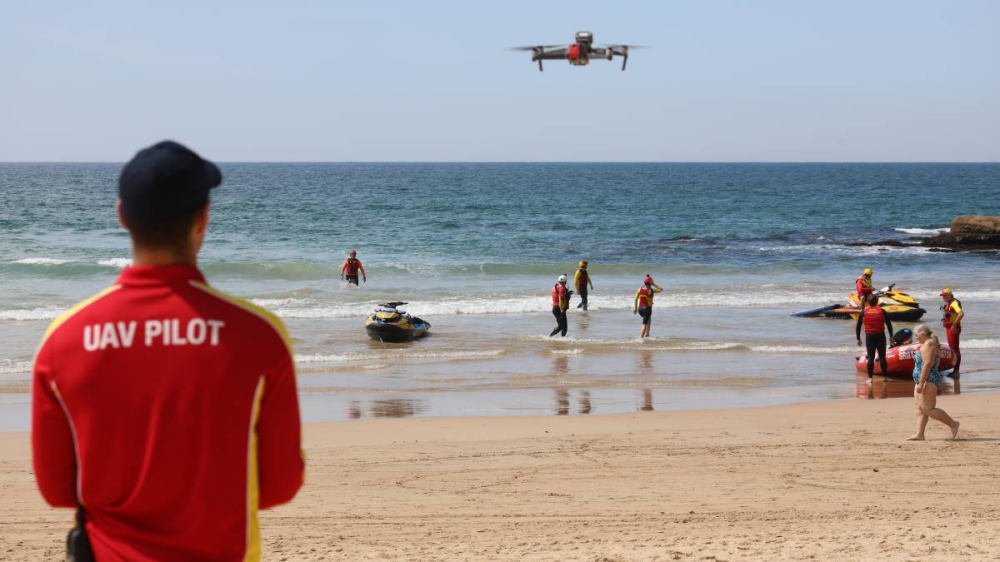Surf Life Saving NSW chief UAV pilot, Paul Hardy, said field trials have just concluded with the NSW Department of Primary Industries (DPI) at Kingscliff, Byron Bay, Lennox Head, Ballina and Evans Head beaches.
“For the past three years, drone-based shark surveillance has been trialled to manually monitor NSW beaches,” Mr Hardy said.
“While research by DPI has found that drone surveillance is one of the most effective shark detection techniques, it is currently labour intensive and relies heavily on pilot skill and sometimes additional observers, to detect and identify species of marine life.”
“The new AI software helps our UAV pilots make accurate identifications, which means fewer beach closures and greater safety for NSW beach users.”
The AI project is led by Dr Cormac Purcell and Dr Andrew Walsh (Macquarie University), with Dr Butcher (DPI) and Andrew Colefax (Sci-eye), who have been working together to build an AI algorithm that reliably detects different shark species using drone video footage.
“Our team has been developing a new machine-learning algorithm that runs on mobile devices to identify shark species in real time from drones,” Dr Purcell said.
Surf Life Saving NSW and NSW DPI has been running trials of drones for shark detection since 2016 as part of the NSW Government’s Shark Management Strategy.
The new, AI trials have been implemented by DPI, Macquarie University and Surf Life Saving NSW, with pilots running the software every weekend since March and every day during the April school holidays.
Dr Butcher, from DPI, said data from the first weeks of the trial was used to increase the accuracy of the algorithm in changing conditions and that the AI model was then evaluated on new data in a blind test against expert observers.
“This is the first, independent, scientific trial of an AI algorithm for detecting shark species from drones,” he said.
Paul Hardy from Surf Life Saving NSW said the aim of the program is to increase the accuracy of shark identification to support beach management. He said that the AI software can run on sealed mobile devices without an internet connection, making it suitable for use in remote coastal locations.
Source: Manning River Times


